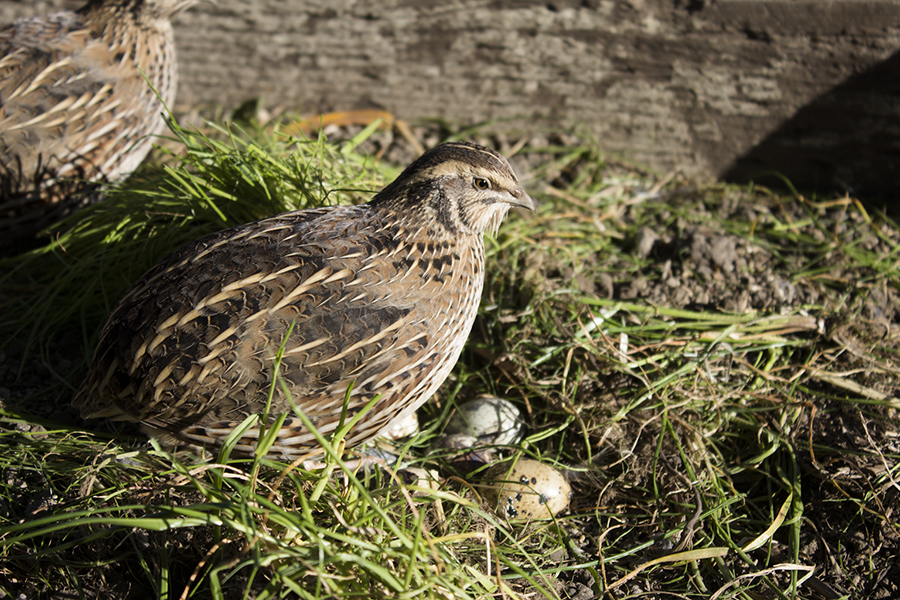When Molly Myerson walks into her quail coop outside Tomales on the hunt for the day’s cache of eggs, she eyes a few of . . .
Little Wing Farm hatches niche in Tomales


When Molly Myerson walks into her quail coop outside Tomales on the hunt for the day’s cache of eggs, she eyes a few of . . .